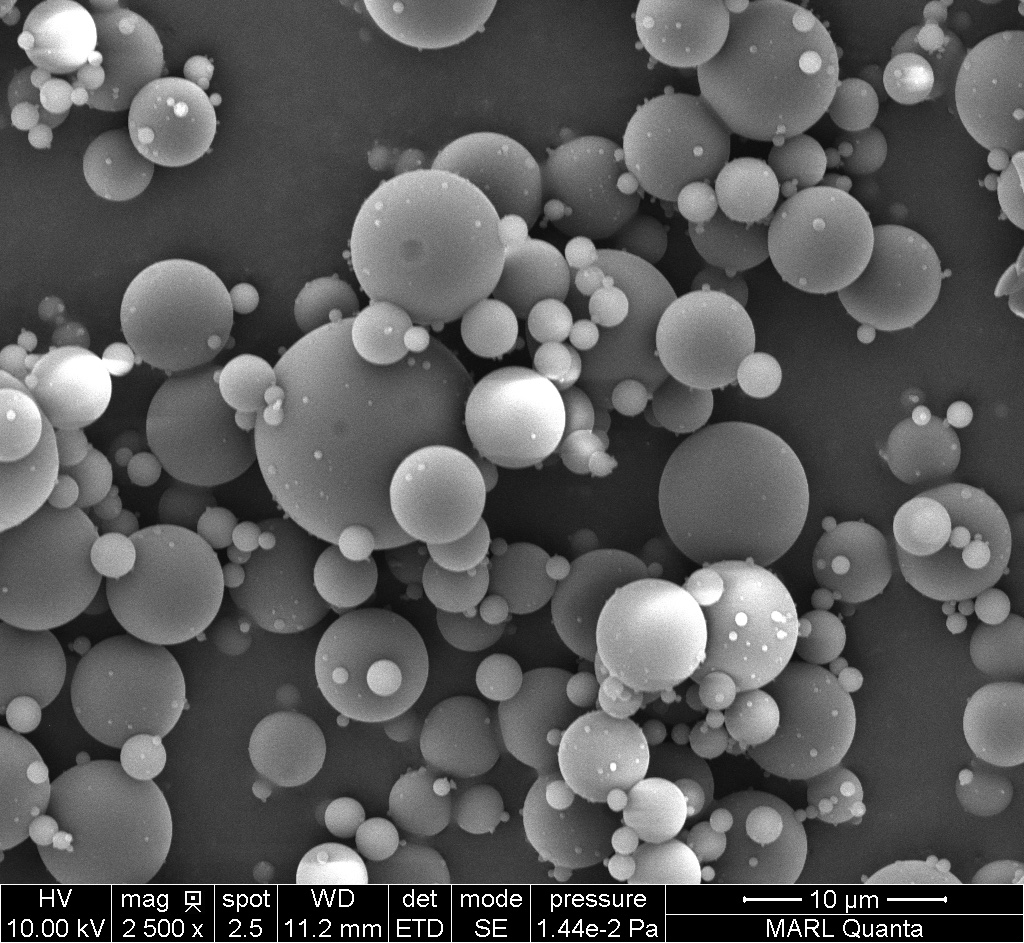Week 8 Nanotechnology + Art
This week I learned what nanotechnology is and what it entails. Before this week, I was completely unaware of the definition of nanotechnology and how it is used. As nanotech scientist Jim Gimzewski stated, the word “nano is Greek for dwarf”, and is basically the science and study at the nanoscale which is “1 to 100 nanometers” (Gimzewski, “Nanotech for Artists Part 1 - Dr. Gimzewski”).
An additional source that enhanced my overall understanding of how nanotechnology relates to life was Paul Rothemund. His Ted Talk helped me comprehend the ways that nanotechnology relates to evolution and how human characteristics come about. Rothemund related nanotechnology to life and evolution because it is an element of “computation” (Rothemund, “DNA folding in detail”). He went further to show examples of bees depicting how nanotechnology allowed us to see why and how bees have antennas and if the nanotech was different how it might affect the entire genetic makeup of the bee. This is the same process with people.
I also learned that nanotech is a very important element in our society not only for art and science but for environmental reasons too. As David Pogue investigated in “Making Stuff: Cleaner”, nanotech can facilitate the creation of “biodegradable plastics, new approach[es] to fuel cell cars… [and] hydrogen storage” which will in turn substantially help our environment. Nanotech is an important element of the science, art, and technological worlds and is basically the foundation to life.
Gimzewski, Jim. “Nanotech Jim Pt1.” YouTube, 21 May 2012, www.youtube.com/watch?v=q7jM6-iqzzE.
Pogue, David. “Making Stuff: Cleaner.” PBS, www.pbs.org/wgbh/nova/video/making-stuff-cleaner/. Accessed 26 May 2023.
Rothemund, Paul. “DNA Folding, in Detail.” Paul Rothemund: DNA Folding, in Detail | TED Talk, www.ted.com/talks/paul_rothemund_dna_folding_in_detail?language=en. Accessed 26 May 2023.
Sommerer, Christa, and Laurent Mignonneau. “Art in the Age of Nanotechnology.” Art.Base, art.base.co/event/2104-art-in-the-age-of-nanotechnology#5. Accessed 26 May 2023.
Vesna, Victoria. “Nanotech Intro.” YouTube, 26 Mar. 2012, www.youtube.com/watch?v=dZ3y6TkXJ6Y.



Hi, Maya! I must admit that I, too, was completely unaware of what the field of nanotechnology consisted of. I knew that it must have had something to do with micro or miniature entities, judging by the term, but I never would have guessed that it was such a broad and extensive discipline of science! Your discussion of the various ways in which nanotechnology bears a significant connection to life, art, and the environment was extremely fascinating. I especially appreciate how you provided us with an overview of Paul Rothemund's perspective on the relationship between nanotech and evolution. It's honestly amazing how this seemingly insignificant branch of technology has played such a pivotal role in computation and the process of genetic assembly. This is definitely something I never would have known about nanotechnology! Overall, awesome post!
ReplyDelete